As a developing economy, India has numerous developmental aspirations. How India meets these goals without worsening the climate crisis is at the heart of CSTEP's work. Addressing climate change and enabling a secure and sustainable future for Indian citizens require an overhaul of previous paradigms on development and resource utilisation. This is reflected in our work on developing low-carbon trajectories for development with an emphasis on nature-based solutions.
We are working with state governments across India to build capacity on risk and vulnerability assessments to inform their respective action plans on climate change. The transition from fossil fuels to renewable energy is crucial to achieving a secure and sustainable future. CSTEP's studies explore the possibility of a greater integration of renewables in the energy sector.

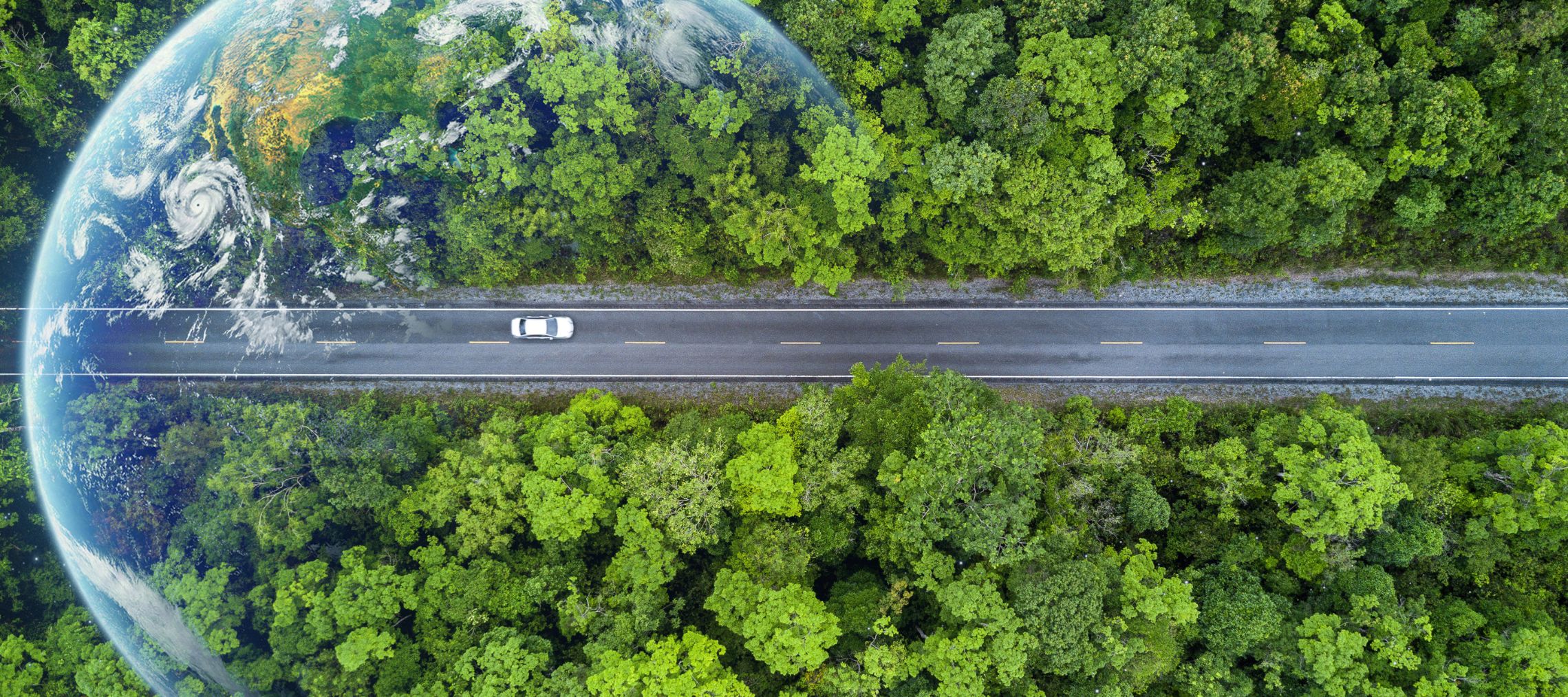
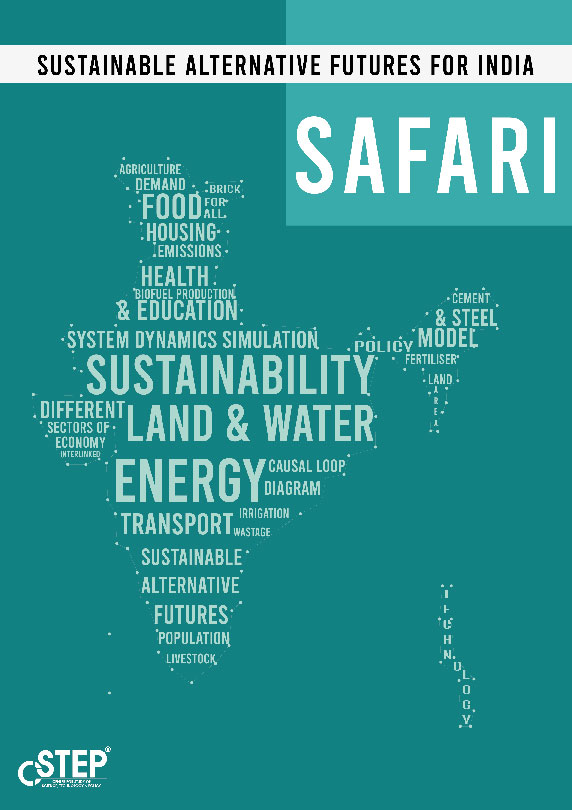
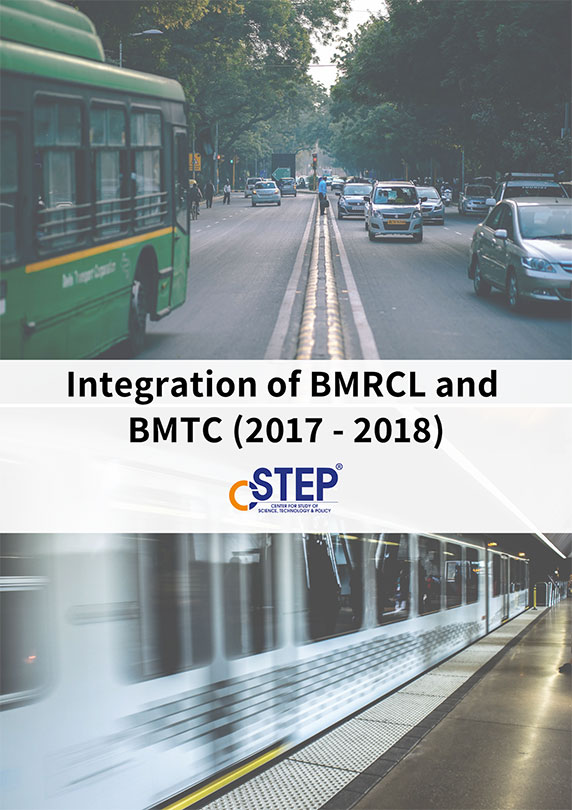
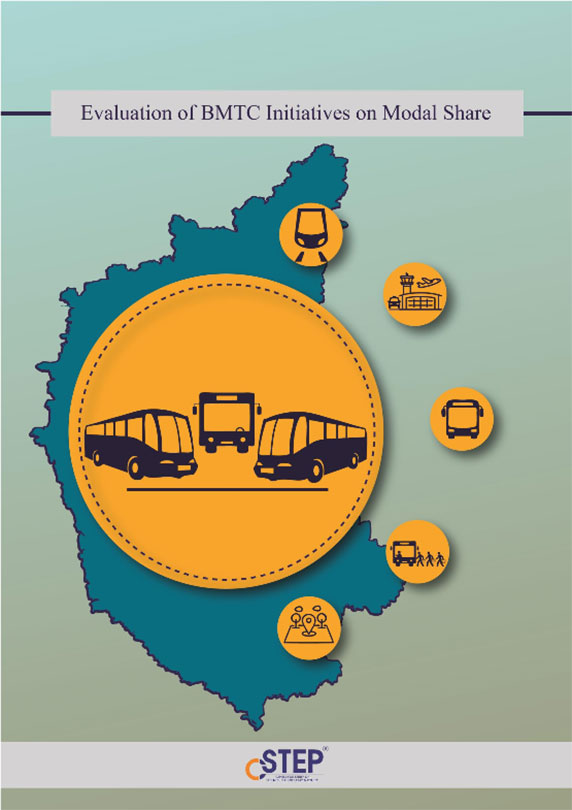
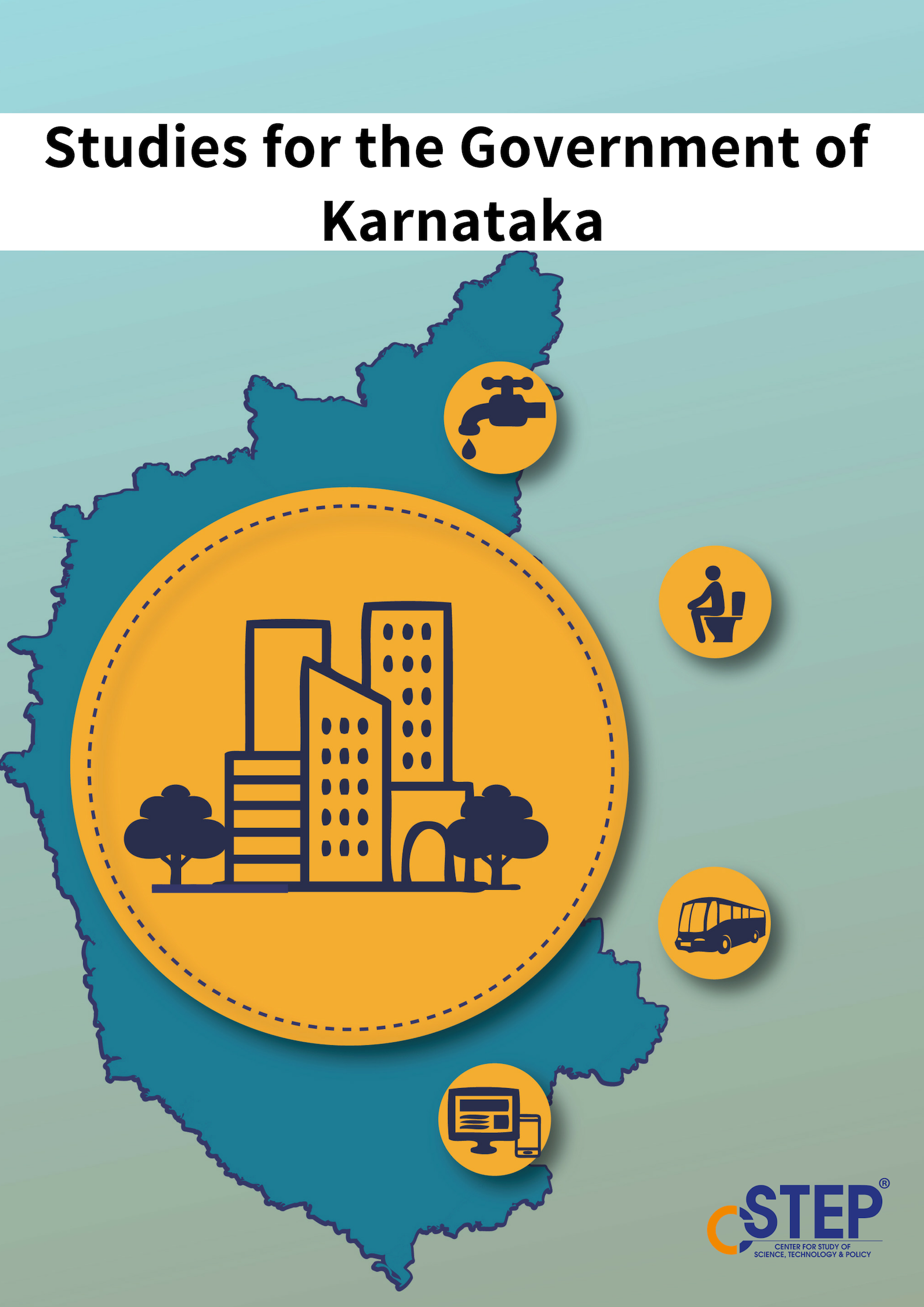

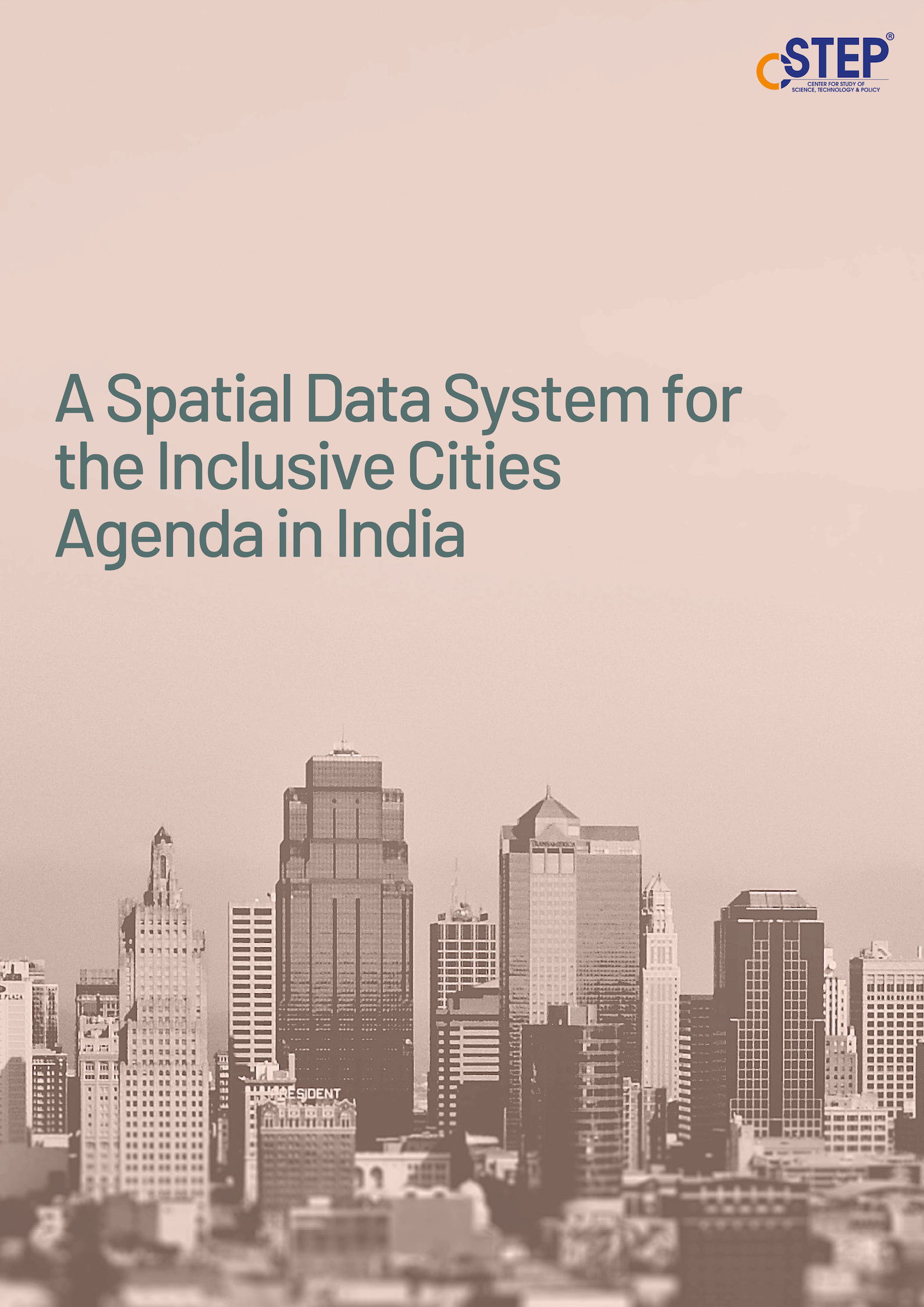
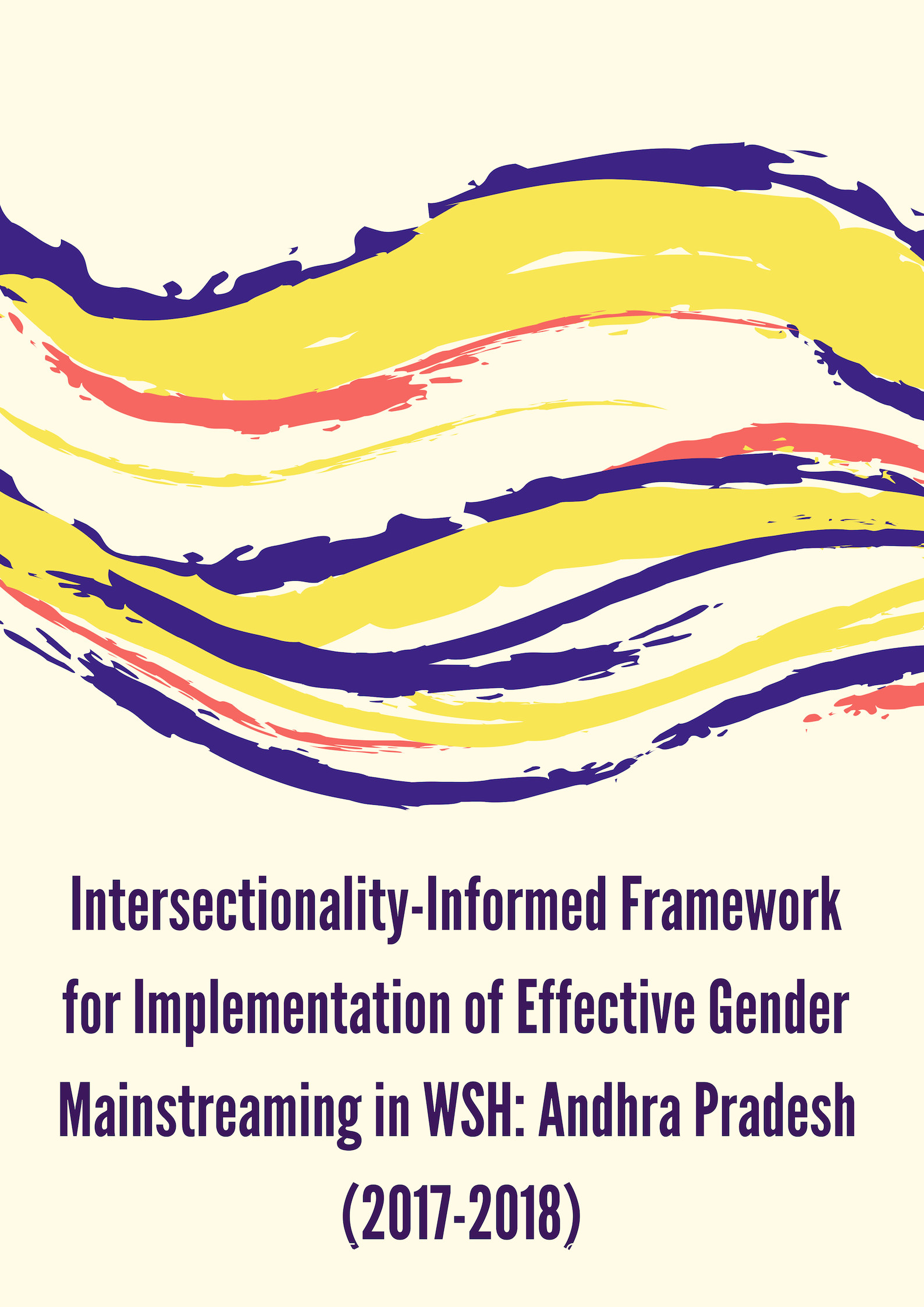
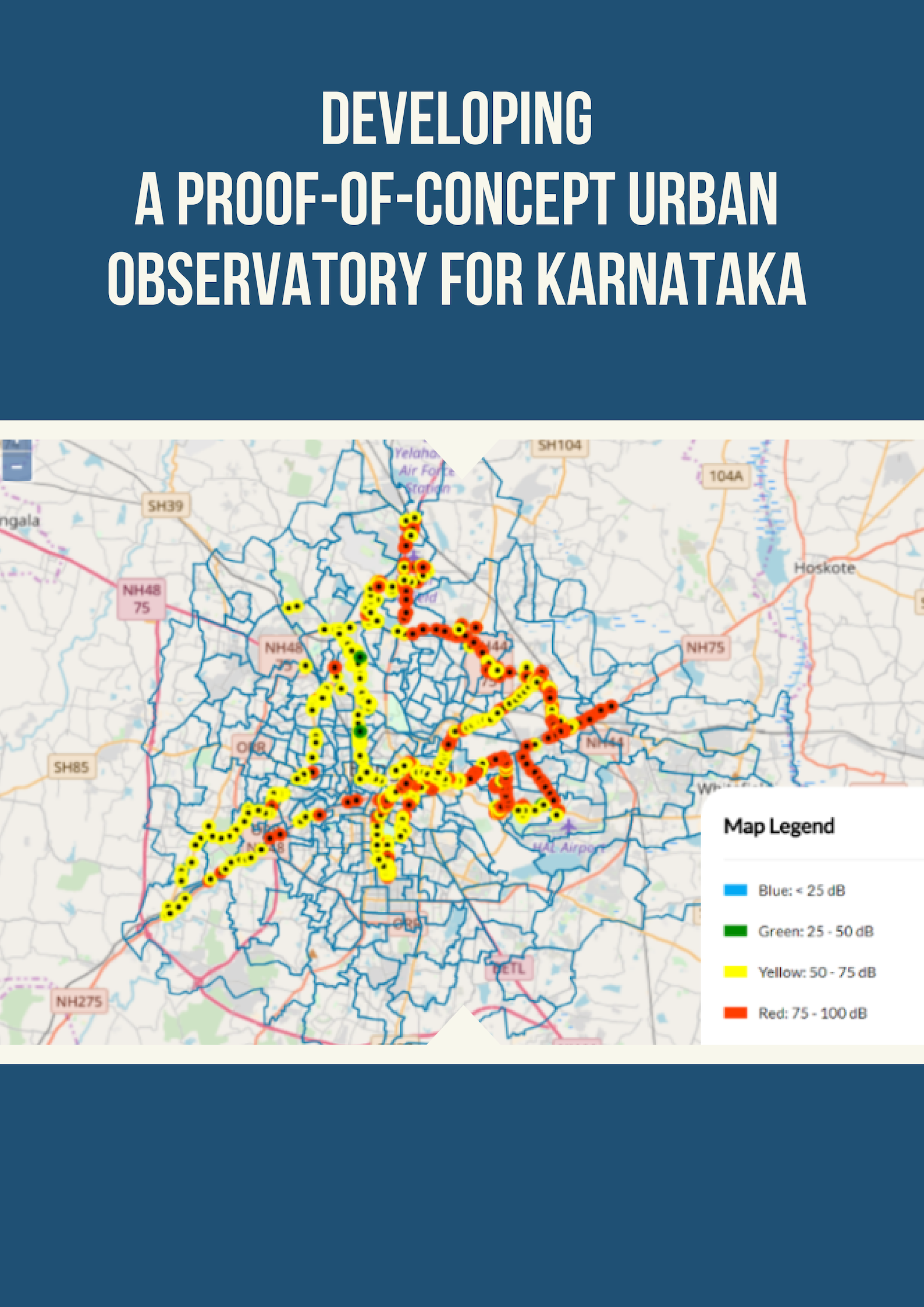
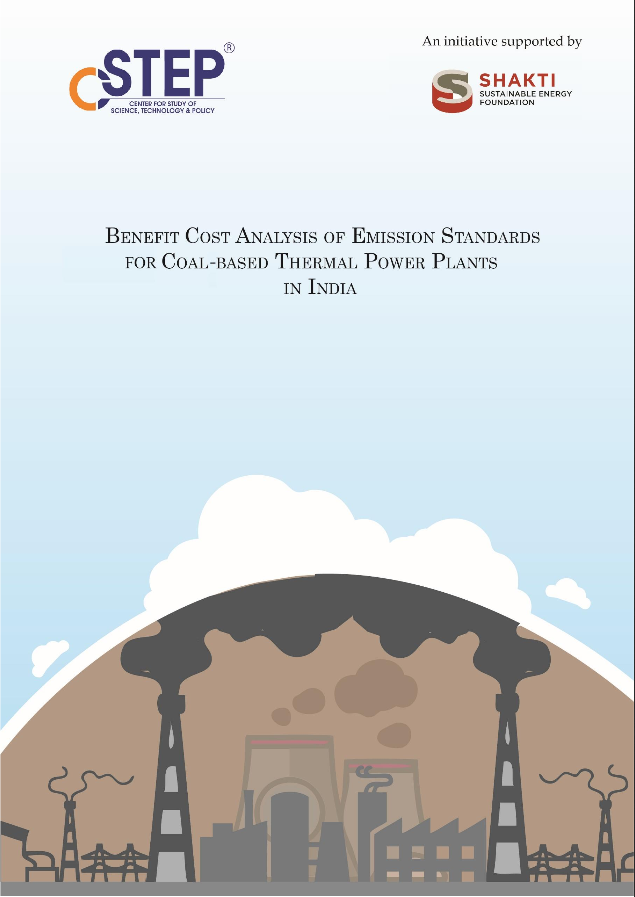


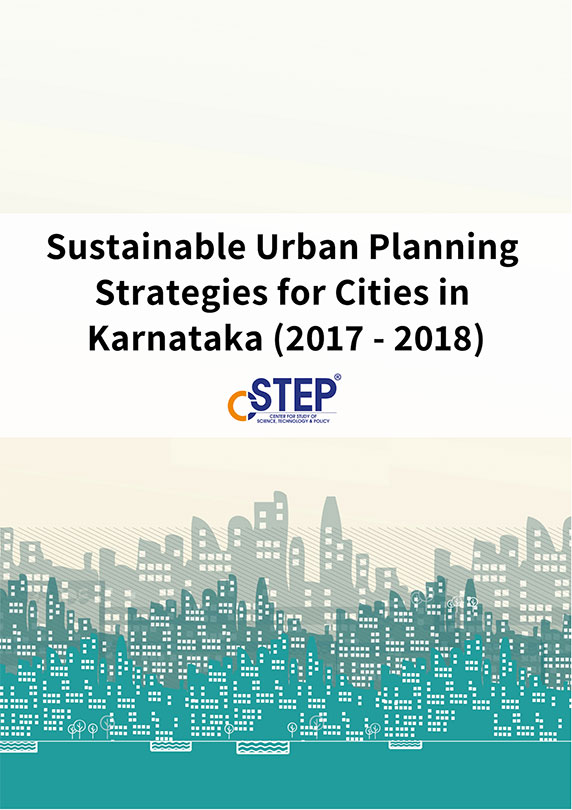



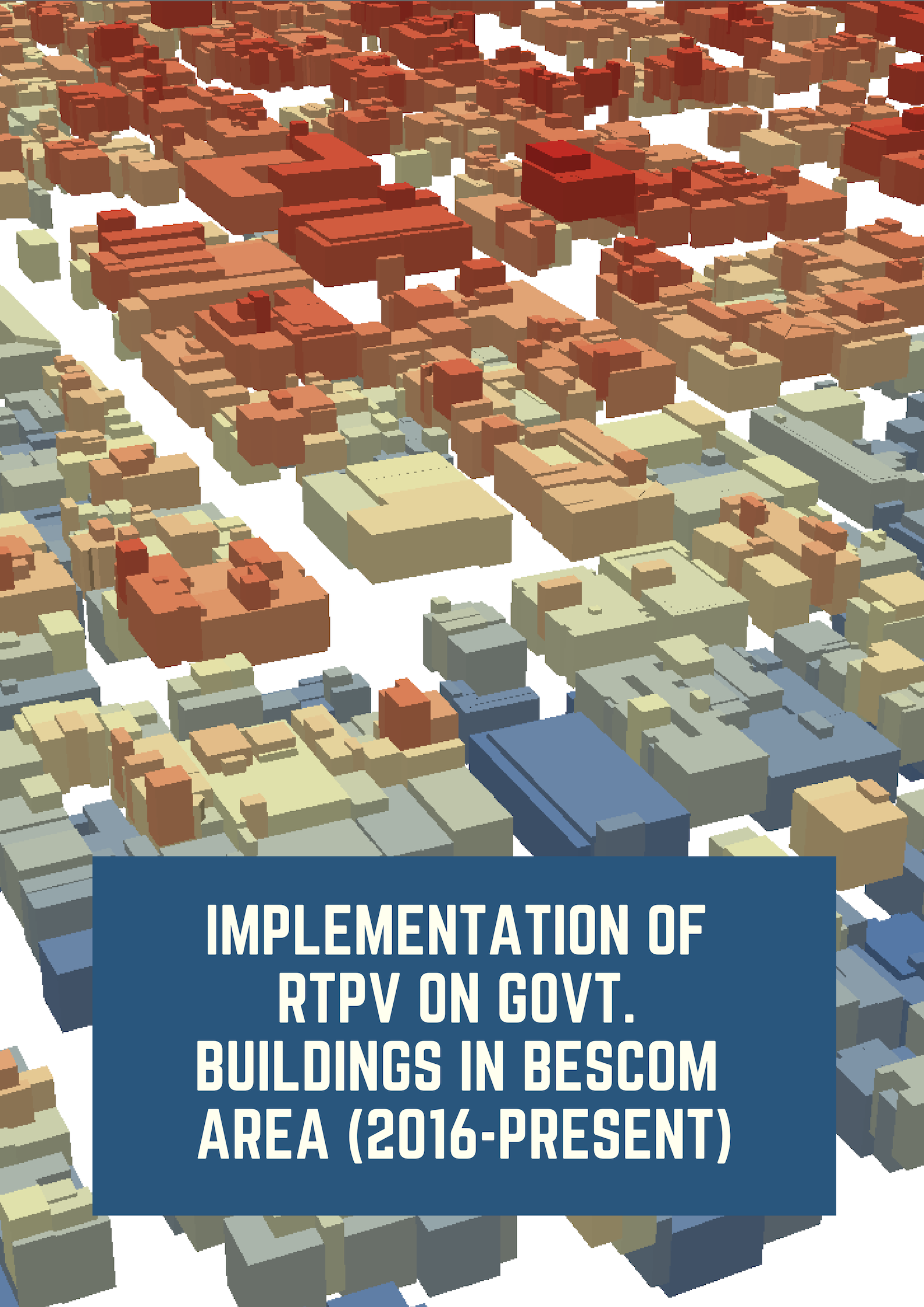
Does increasing the spatial resolution in dynamical downscaling impact climate change projection of Indian summer monsoon, population and GDP?
High-resolution regional climate model (RCM) simulations are found to be very useful in deriving realistic climate change projection information. This study uses high-resolution dynamical downscaling framework (CCSM4-WRF) for India. To delineate the advantage of high resolution, we compared the results of 9-km resolution CCSM4-WRF simulations against the 50-km resolution RCM simulations under Coordinated Regional Climate Downscaling Experiment-South Asia (CORDEX-SA) program.
Building Resilience in Power Sector
Climate resilience is the ability to anticipate, absorb, accommodate, and recover from the effects of a potentially hazardous event. The benefits of resilient power infrastructure are much greater than the costs, considering growing climate change events. It is estimated that for every dollar invested in climate resilient infrastructure, six dollars can be saved. According to the World Bank, if the actions needed for resilience are delayed by ten years, the cost will almost double.
India’s 24 cr school students need to be green-jobs ready. Give them climate literacy
India is one of the few countries where environment education is compulsory at all levels of formal education. The concepts introduced at school are centred on the need to conserve for future generations, halt resource depletion, reduce pollution, and protect wildlife, with very limited focus on the effects of greenhouse gases, impacts of chlorofluorocarbons, and other topics of immediate concern.
Indoor air: Is it as safe as we assume it to be?
With many of us being forced to spend more time indoors due to work-from-home policies and digital classrooms, it is important to take the quality of air inside our homes more seriously than before. According to the World Health Organisation (WHO) fact sheet, indoor air pollution is one of the main reasons for respiratory diseases and premature deaths in developing countries, contributing to nearly 40 lakh deaths annually.
